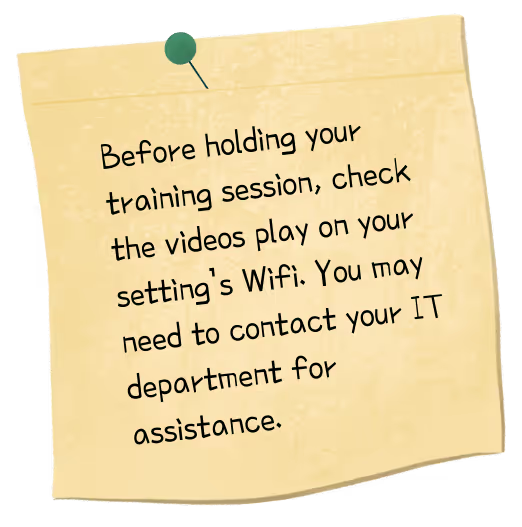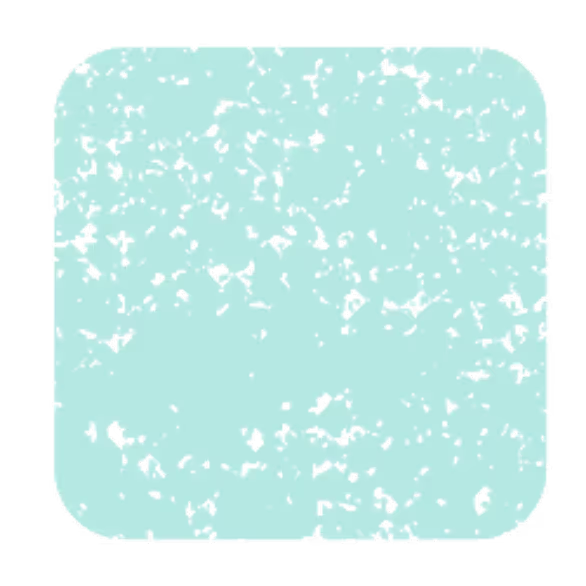Session 3: All The TTK Resources
Now you're comfortable modelling with the Big Bags, hopefully, group story sessions are now a regular event in your setting. The children should have a good grasp on what the symbols mean and you can start expanding into use of the parts of our kit: the aprong, the small kit, the strip and the hanger. In this session, you'll learn about how to expand on what you've been doing and how to embed this into your provision.
Review this sessionNursery Group Story
Kate leads a group story with this nursery setting. As well as modelling for the children, Kate is also incorporating a variety of creative approaches. Using songs, actions and phonic sounds.
Under 3s Group Story
This group story with the littlest of people shows how they quickly grasp the story structure. This practitioner takes her time embedding the use of the symbols while keeping the children really engaged with voices, songs and actions.
Watch without activities
This video has the same content as the core training video but we've removed the timed activity sections for speedier viewing. This is designed to help practitioners refresh their knowledge.
If you are doing the training for the first time, we recommend watching the full length video together with your team. Team learning means you'll get the most out of the training experience - and it's more fun!

.avif)




